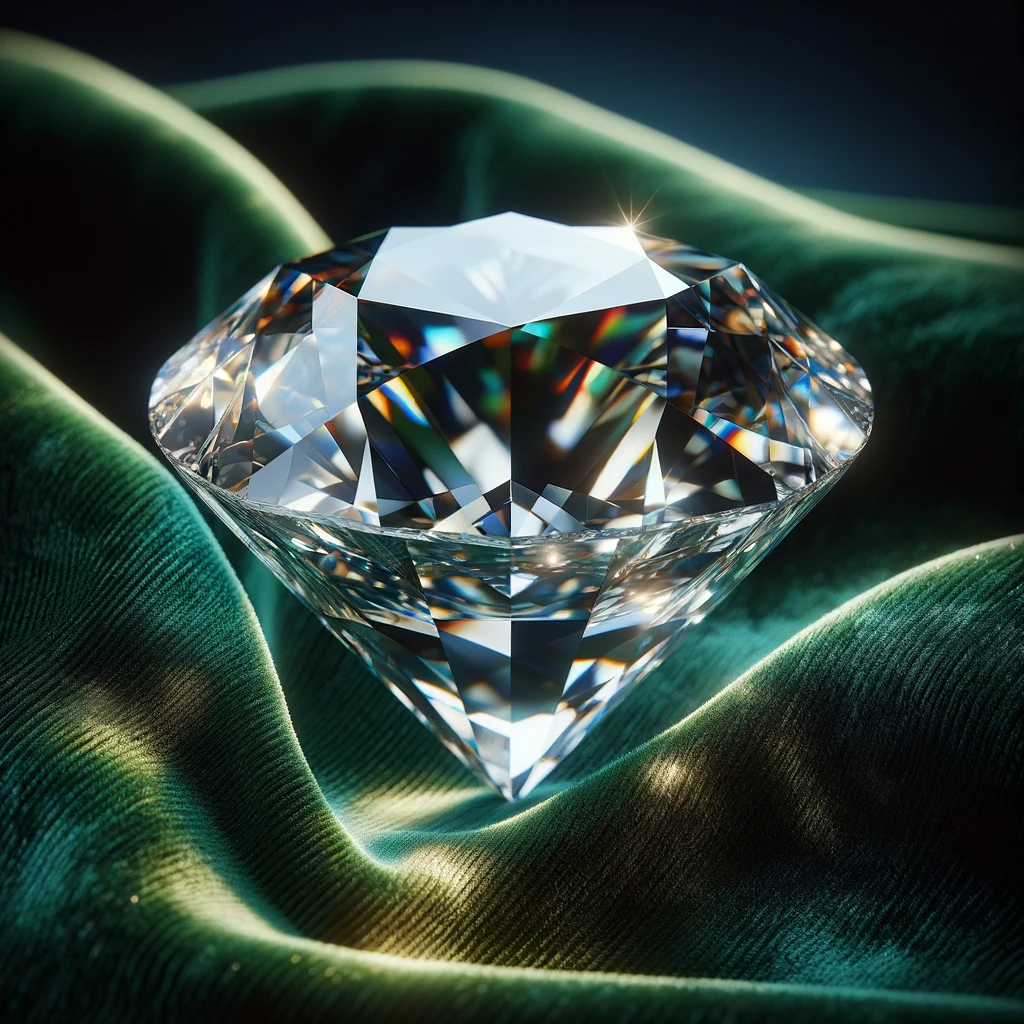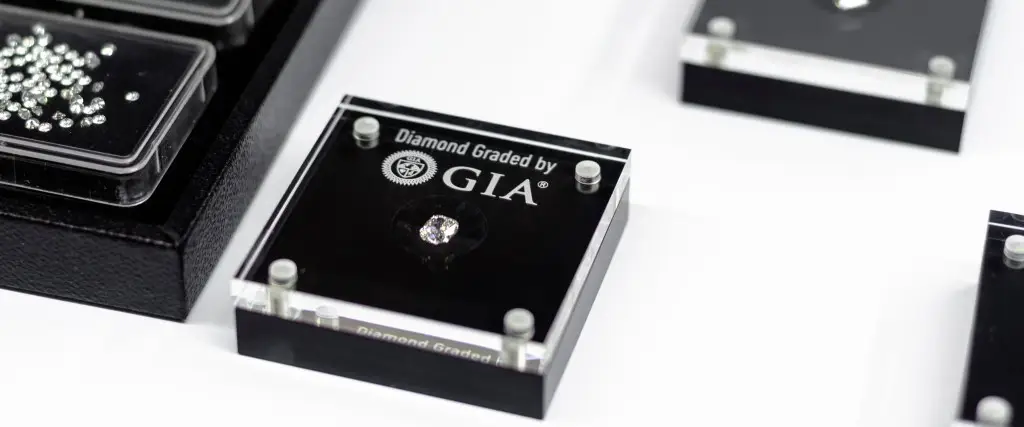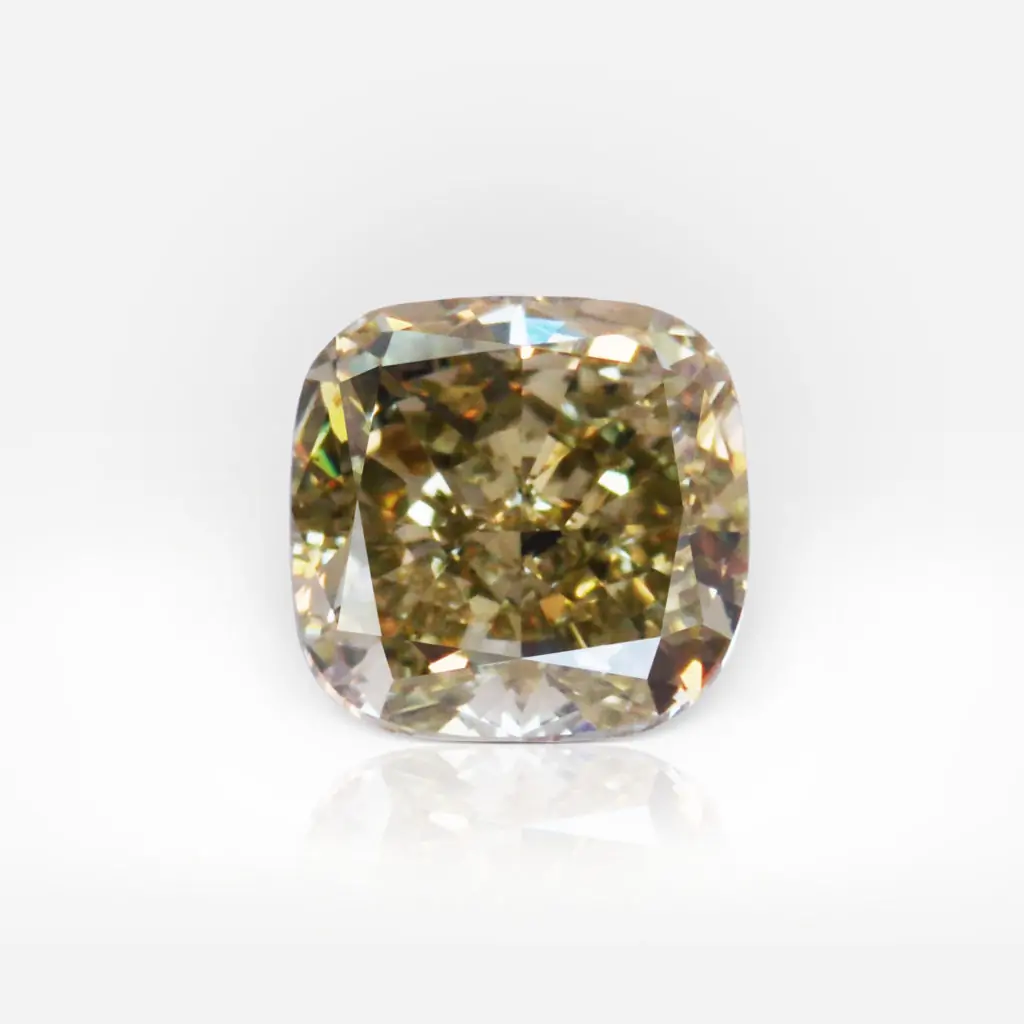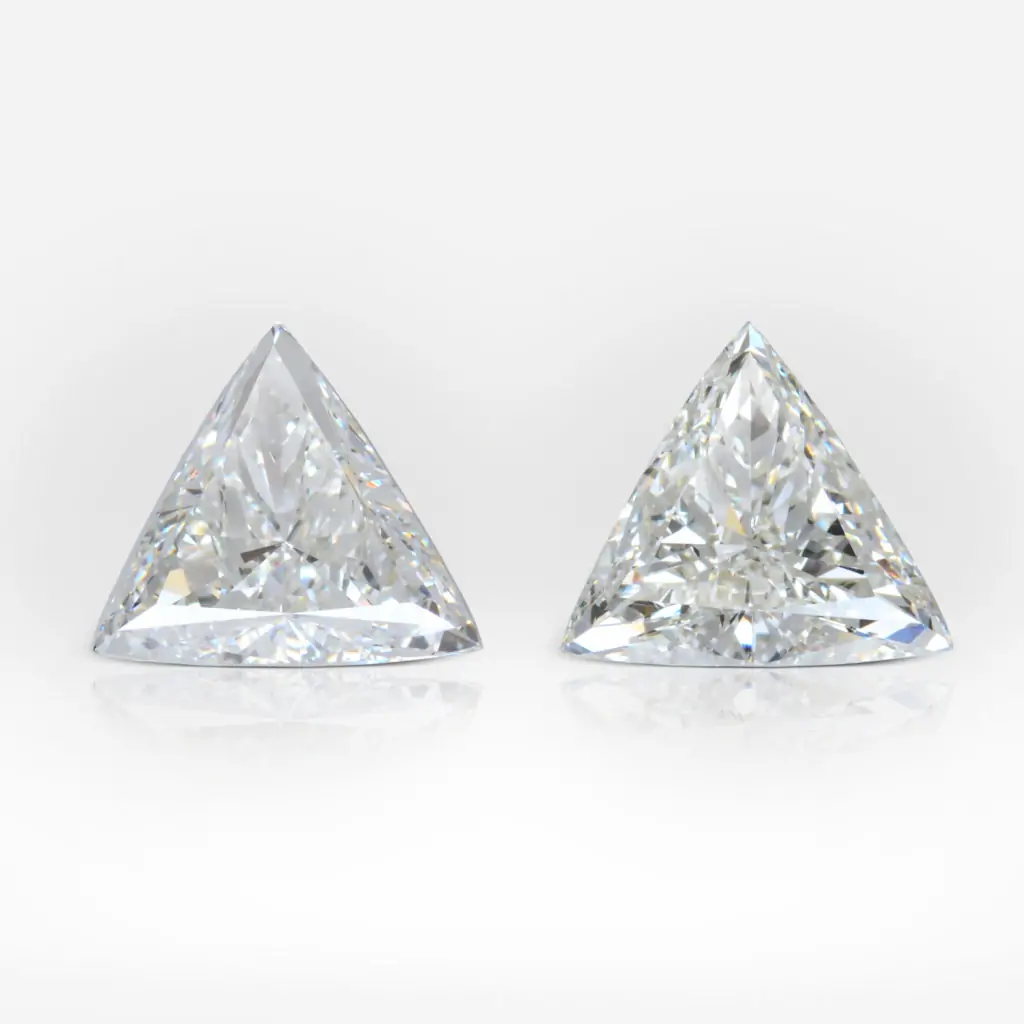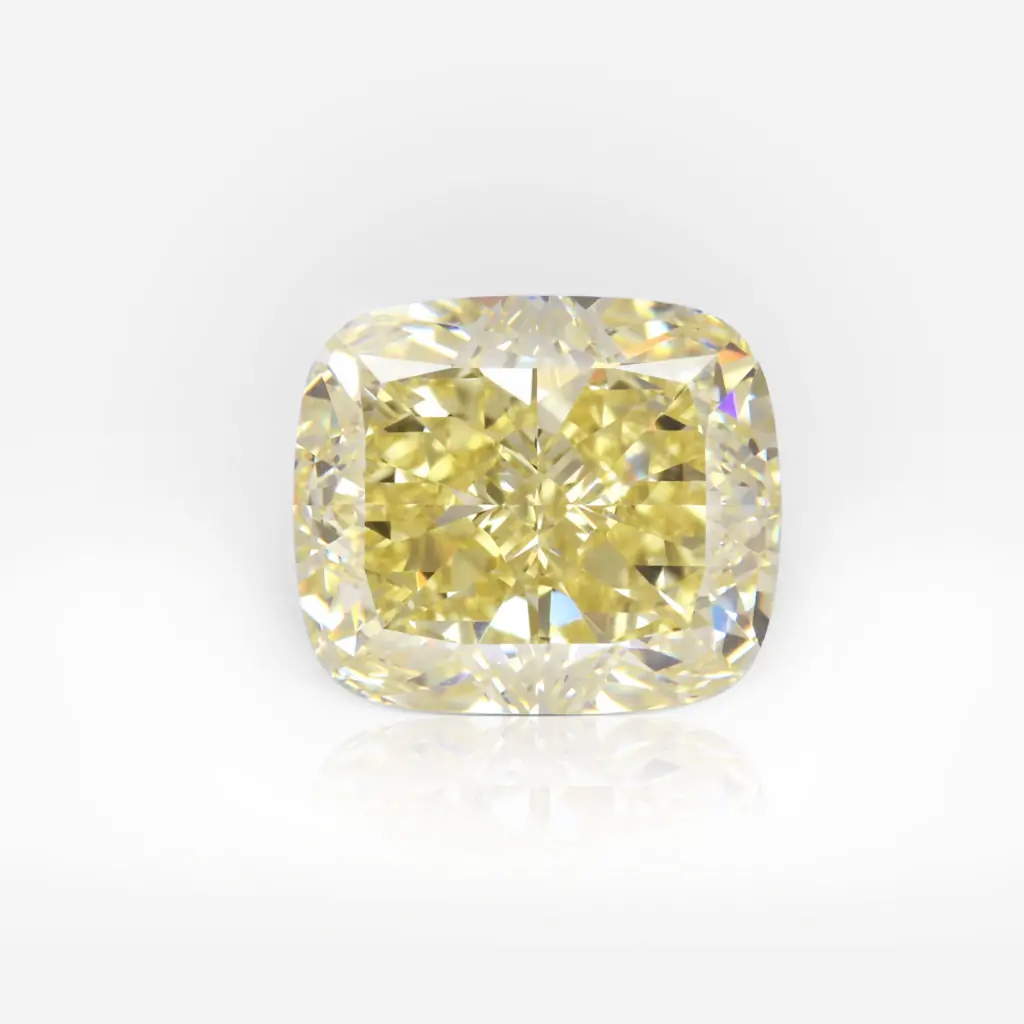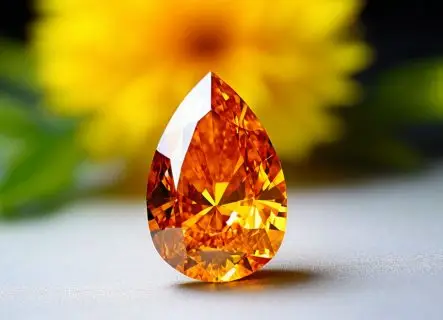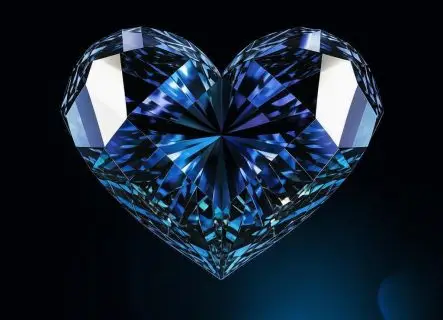Whether you are shopping for an engagement ring, buying a diamond necklace for a special occasion or looking for the best exquisite gemstone in your collection, it’s impossible to overestimate the importance of a reliable grading report.
Here is a step-by-step guide on how to read (and understand!) GIA Diamond Certificates.
First, look at the Cut grade – it is one of the most important pieces of information as it summarizes the beauty of the stone.
Next, check the Carat weight on the certificate. Remember not to confuse “carat weight” with “karat”. Karat is a measurement indicating the purity of gold, while Carat is a gemstone weight unit. One ct is equal to 200 milligrams, or 0,2 grams. The weight of smaller diamonds is often expressed in points instead of carats — there are 100 points in one carat.
At the top left of the certificate you will find the dimensions of the diamond. For example, 5,65 x 5,73 x 4,01.
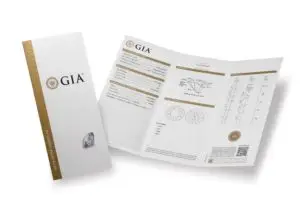
Then, look at the Clarity Grade. Clarity reflects the quality of a gemstone depending on the existence of inclusions (internal defects) and blemishes (surface defects). There are examples of inclusions: air bubbles, cracks, non-diamond minerals inside a diamond. Blemishes include scratches, pits and chips. Stones without any inclusions or blemishes are more valuable.
Color Grade represents the color of a diamond – from colorless to yellow, brown or other color shades. The GIA’s color-grading scale begins with the letter D (colorless) and continues to the letter Z (light yellow or brown).
GIA Certificate also shows Polish, Symmetry and Fluorescence of a diamond. Lack of fluorescence is more desirable in gems.
You may also check the date when your gemstone was examined by the GIA gemologist. If the date is older than 5 years, you can ask to inspect your gem once again.
Subscribe to discover the world of diamonds and gems. If you have any questions, please let us know.


